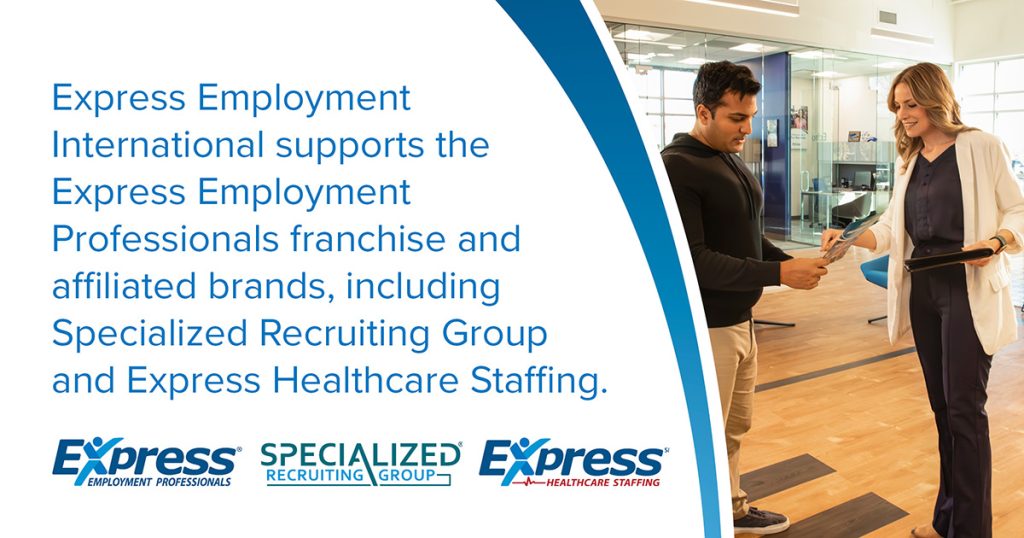
The conversation around the skills gap, particularly in Skilled Trades industries like manufacturing, energy, and construction, has been happening for several years. The emphasis on closing the gap has typically been on selling the benefits of learning these skills to job seekers. But what role do business leaders have in closing the skills gap?
Identifying Possible Partners
Many larger companies have launched initiatives to help connect job seekers with apprenticeships and job opportunities. Lowe’s launched Track to the Trades to help develop a more skilled workforce in industries like carpentry, HVAC, electrical, plumbing, and appliance repair. 3M started the Manufacturing and Academic Partnerships to provide grants for equipment and curriculum, professional development for instructors, as well as scholarships to local schools.
These are great examples of what large businesses can do to help close the skills gap, but what about smaller businesses that need skilled workers and don’t have the resources of big corporations?
Most towns and cities have some type of trade or vocational school that’s producing skilled workers. According to the National Student Clearinghouse Research Center, enrollment in undergraduate certificate programs rose 9.9% in fall of 2023, as students opt for shorter-term credentials over traditional degrees. Trade-related majors have grown by double digits. Eighty-one percent of U.S. and 76% of Canadian hiring decision-makers agree microcredentials provide the workforce with skilled workers in a timely manner, according to a recent Express Employment Professionals-Harris Poll survey.
Speak Up
Harbor Freight Tools commissioned a study on the public’s view of Skilled Trades, including polling both parents and students. Their research found that eight out of 10 parents believe their child would be more prepared for a career if there were more chances to study skilled trades in high school, and eight in 10 voters believe Skilled Trades should be a priority in high schools.
The need is evident and supported by the public, and once you have a plan in place, it needs to be publicized. Make sure local schools and media know about the opportunities you’re creating to help fill the gap and get people back to work. Update your business’ website and social media channels with program details. Leave no stone unturned in spreading the word of your efforts.
About Express
Express helped 73,200 job seekers find Skilled Trades jobs in 2023 and has put more than 11 million people to work in its more than 40 years as a leading staffing company. Each of our more than 860 locations is individually owned and locally operated. Contact the office nearest you to find your next job.

The Job Insights survey was conducted online within the United States by The Harris Poll on behalf of Express Employment Professionals between Oct. 31 and Nov. 10, 2023, among 1,007 U.S. hiring decision-makers. The Job Insights survey was conducted online within Canada by The Harris Poll on behalf of Express Employment Professionals between Oct. 31 and Nov. 10, 2023, among 504 Canadian hiring decision-makers.
Last Updated on October 30, 2024